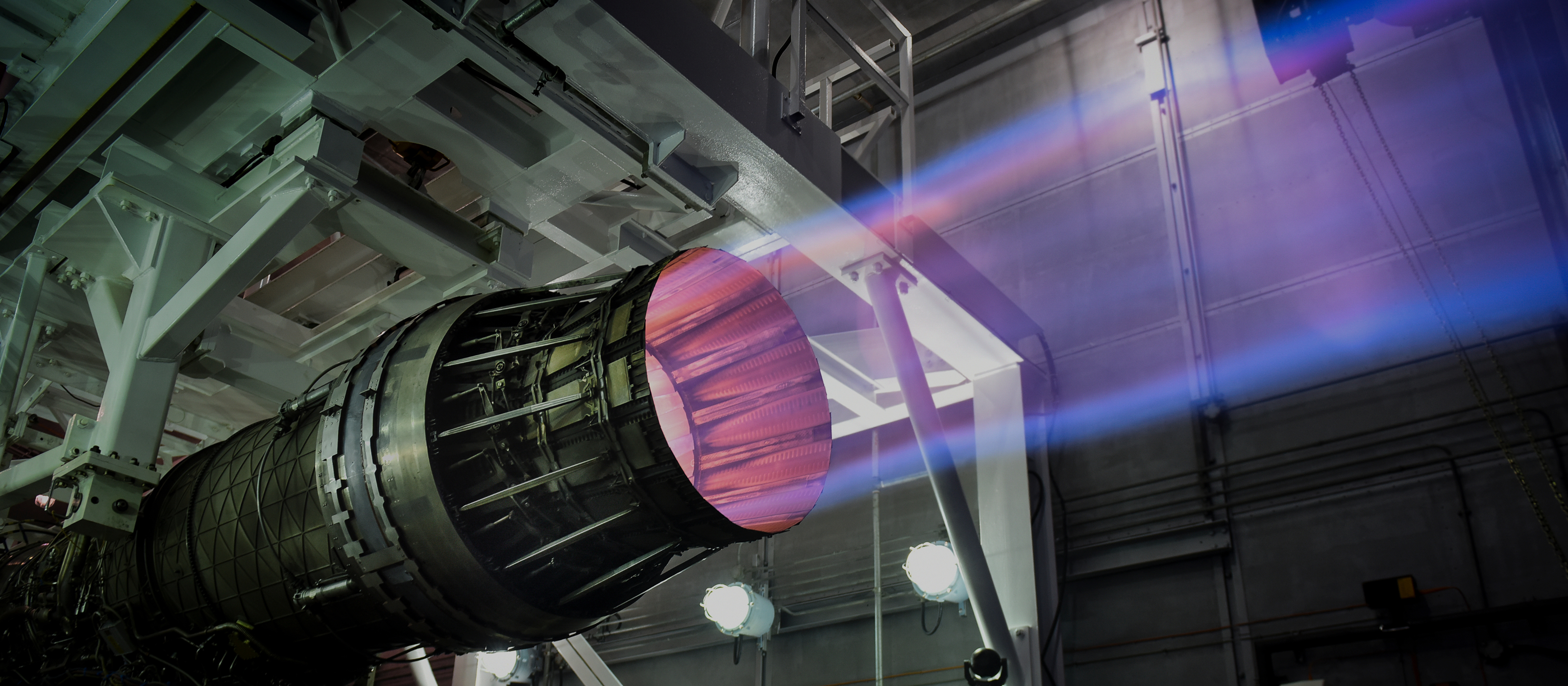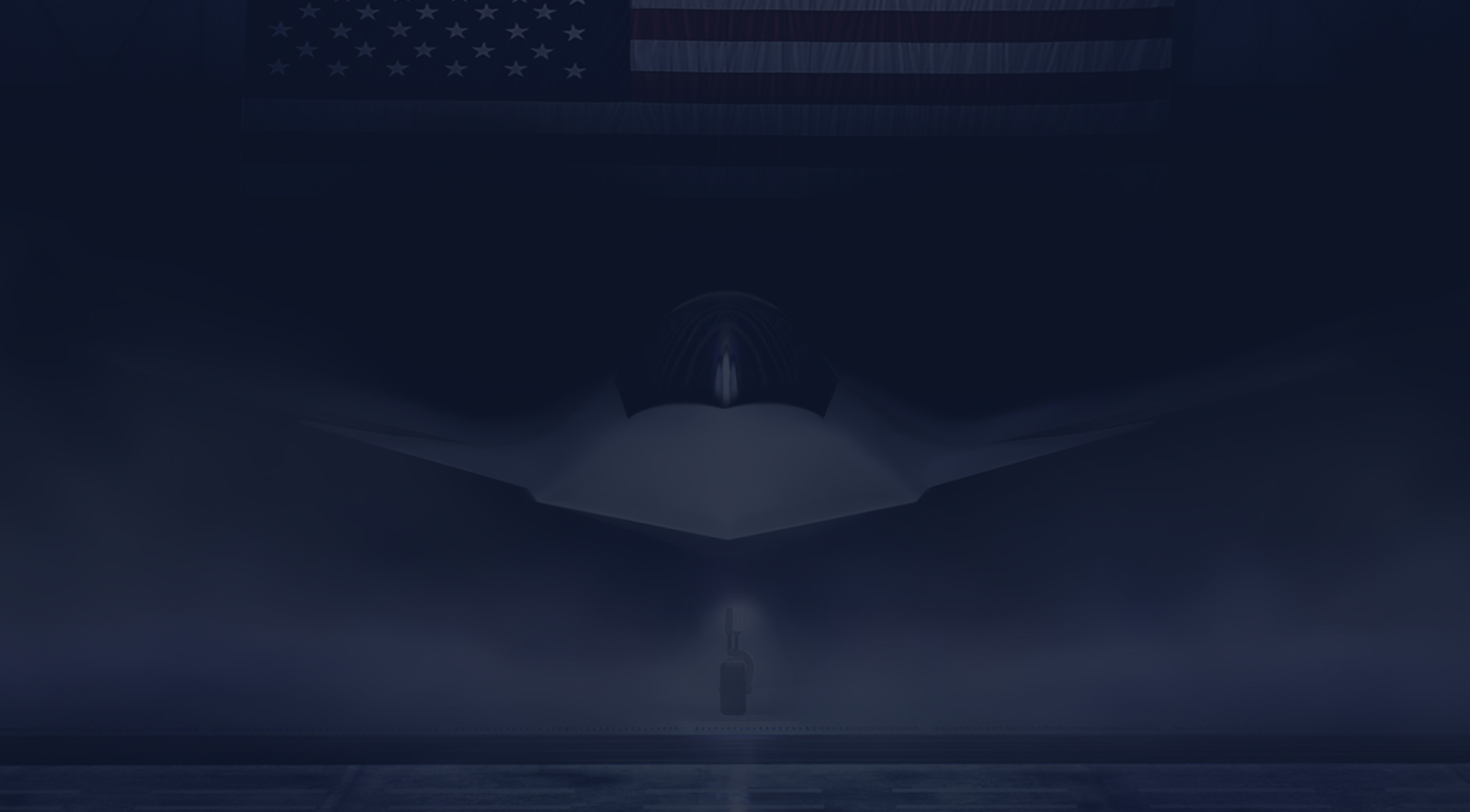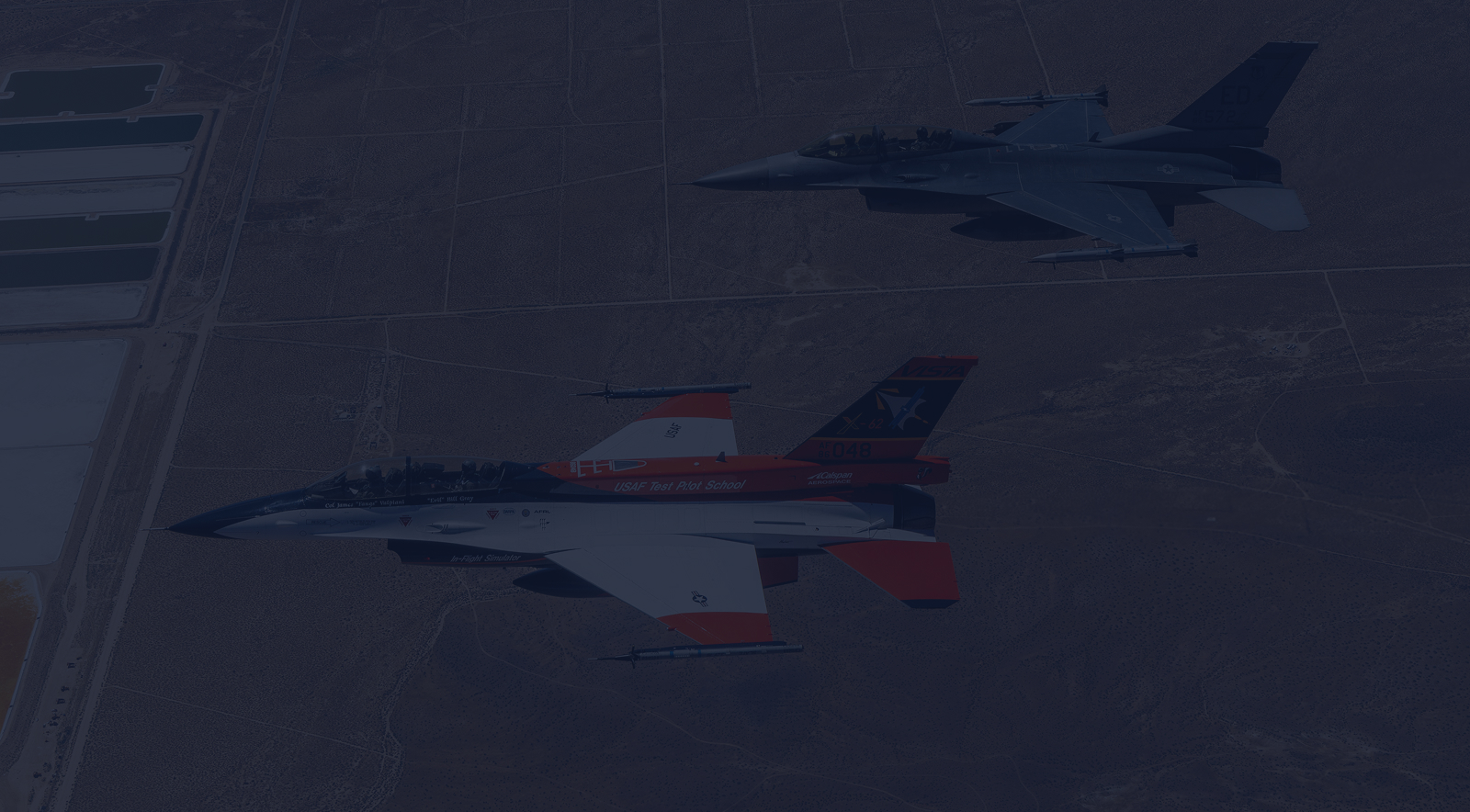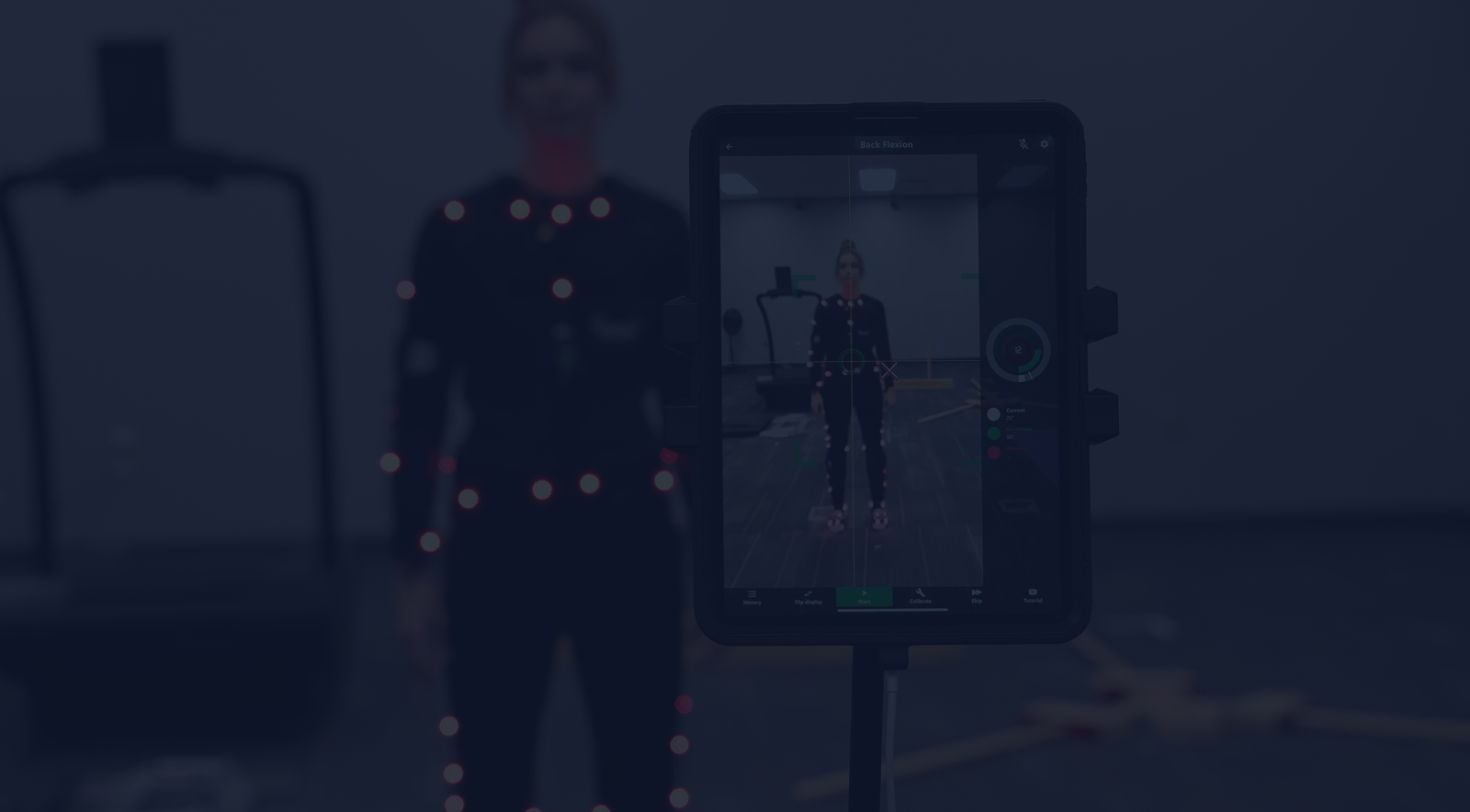
SCIENCE AND TECHNOLOGY
INSIDE AIR FORCE
INNOVATION
from classified STEM to worldwide tech
A lot of the technology people enjoy every day, such as GPS, began as highly-classified projects in the U.S. Air Force. Now get a closer look at some of the latest STEM projects and innovations we are currently working on.






-


 Project 11619XXNext-Gen Aircraft
Project 11619XXNext-Gen Aircraft 01MISSION
01MISSIONENSURE AIR SUPERIORITY
The U.S. Air Force has always been committed to learning and developing new technologies to ensure its aircraft are the most dominant in the sky.
The highly-classified Next Generation Air Dominance (NGAD) program brings in various partners and experts to do just that.
02DEVELOPMENTSPUSHING THE SKY’S LIMITS
- The Collaborative Combat Aircraft (CCA) program tests, develops and implements new autonomous teaming concepts to modernize the Air Force’s fleet. A single-manned fighter could control a large number of collaborative aircraft, or drones, as a way to optimize their capability and lethality.
- Currently in development, the F-47 will be the Air Force’s most-advanced fighter jet and the world’s first sixth-generation crewed aircraft. With longer range, more advanced stealth and higher sustainability, these aircraft will change the future of combat.
- While new sixth-generation aircraft are in development, the Air Force is upgrading its fifth-generation F-35s and F-22s. Better sensors will allow more precise enemy detection from farther distances while stronger stealth technology will ensure our aircraft remains undetected.
 030
030Our mission is clear. We will ensure America’s skies remain secure and our deterrence remains unshakable.
04CONCLUSIONNEW TECH.
NEW HEIGHTS.As technology continues to evolve, the landscape of combat will too. With expert partnerships and tenacious curiosity, the Air Force won’t react to change, it will charge ahead of it and remain air dominant.

-


 Project 21128XXAI ADVANCEMENTS
Project 21128XXAI ADVANCEMENTS 01MISSION
01MISSIONOPTIMIZE OUR CAPABILITIES
The better we’re able to adapt artificial intelligence to enhance our own capabilities, the stronger and smarter our force will be.
02DEVELOPMENTSBOOSTING HUMAN INTELLIGENCE
- In partnership with the Defense Advanced Research Projects Agency (DARPA) the U.S. Air Force successfully tested the first dogfight between an AI-controlled jet and a pilot-manned jet. While human pilots were on board the AI-powered jet, they didn’t need to intervene at any point. The learnings from this test will help influence how AI is used in the air.
- The Air Force is using a series of capstone events to test how AI can be implemented into future battle management operations. As modern battlefields become more complex, the ability to distill vast amounts of intelligence into actionable orders is critical. AI gives battle managers the insights they need to make those orders.
- Airmen are utilizing AI to help them monitor and counter cyber threats. Security Operations Centers frequently experience data overload, including alerts that end up being false positives.
 030
030One of the major areas where I think artificial intelligence will help us is in decision-making, […] battle management […] and understanding risk calculus.
04CONCLUSIONFIGHTING BETTER BATTLES
Utilizing and experimenting with AI in a secure environment will help the Air Force tailor its uses for specific roles across aviation, battle management, cybersecurity and more.

- In partnership with the Defense Advanced Research Projects Agency (DARPA) the U.S. Air Force successfully tested the first dogfight between an AI-controlled jet and a pilot-manned jet. While human pilots were on board the AI-powered jet, they didn’t need to intervene at any point. The learnings from this test will help influence how AI is used in the air.
-


 Project 20116XXsmart education
Project 20116XXsmart education 01MISSION
01MISSIONLEARN ALONGSIDE THE BEST
Successful innovation doesn’t happen in a vacuum. The Air Force partners with top academic institutions to learn technologies that will help us improve our own.
02DEVELOPMENTSHIGHER EDUCATION, EVEN HIGHER POTENTIAL
- The Air Force Test Pilot School based out of Edwards Air Force Base in California has partnered with Stanford University to prepare its future test leaders for the rapid advancement of AI, data-driven systems and autonomous technologies. The collaboration is in-part delivered by Stanford’s Department of Aeronautics and Astronautics and the Stanford Engineering Center for Global and Online Education.
- The Air Force School of Aerospace Medicine and Purdue University are working together to expand educational opportunities for Airmen to pursue their Masters of Public Health degree online. This partnership gives residents the flexibility to travel for their clinical rotations and explore more opportunities while earning their degree online.
- Together, the Air Force and Massachusetts Institute of Technology run an AI accelerator to make fundamental advances in artificial intelligence to improve operations while addressing societal needs.
 030
030We aim to provide our students with the best possible educational opportunities, and one way we do that is by securing partnerships with top-notch academic institutions.
04CONCLUSIONTOP OF THE CLASS
The Air Force has always been committed to providing its Airmen with top training. By collaborating with trusted institutions, the Air Force continues to sharpen its capabilities.

- The Air Force Test Pilot School based out of Edwards Air Force Base in California has partnered with Stanford University to prepare its future test leaders for the rapid advancement of AI, data-driven systems and autonomous technologies. The collaboration is in-part delivered by Stanford’s Department of Aeronautics and Astronautics and the Stanford Engineering Center for Global and Online Education.
-


 Project 11121XXWearable Tech
Project 11121XXWearable Tech 01MISSION
01MISSIONDEVELOP TECH TO KEEP AIRMEN SAFER AND STRONGER
Airmen push their bodies to the limit, whether it’s in training or during a mission. To prevent injury and keep our Airmen safe, we equip them with the most advanced wearable technology to better provide them with what they need.
02DEVELOPMENTSTHIS TECH KNOWS YOU BETTER THAN YOU DO
- The Flashing Indicator of Swimmer’s Health (FISH) is an underwater blood-oxygen monitor created to prevent Special Warfare Airmen from blacking out underwater.
- The Air Force Research Laboratory (AFRL) created a wearable, non-invasive, electrolyte-detecting patch for Airmen that helps researchers understand hydration levels.
- High-Altitude, Low-Opening (HALO) parachute jumpers from Air Force Special Operations Command wear advanced headbands that measure vital signs including body temperature, heart rate and blood oxygen saturation to prevent hypothermia and hypoxia during their jumps.
 030
030The system truly eases my mind as a commander—it allows us to provide preventive care in cases that could otherwise lead to serious medical situations.
04CONCLUSIONDATA EMPOWERS PERFORMANCE
The further wearable technology advances, the more it will be able to respond to users’ needs in real time, optimizing Airmen’s performance wherever their missions take them.

- The Flashing Indicator of Swimmer’s Health (FISH) is an underwater blood-oxygen monitor created to prevent Special Warfare Airmen from blacking out underwater.
-


 Project 53862XXONGOING EFFORTS
Project 53862XXONGOING EFFORTS 01MISSION
01MISSIONNEVER STOP INNOVATING
To prove its commitment to innovation, the Air Force has its own lab dedicated to discovering and developing new technologies.
02DEVELOPMENTSGREAT QUESTIONS, BETTER ANSWERS
- The Air Force Research Lab (AFRL) is the primary scientific research and development center for the Department of the Air Force. With the brainpower of over 12,500 people working across nine different technology areas and 40 operations across the world, AFRL consistently pushes the boundaries of innovation.
- AFWERX is a directorate within AFRL dedicated to bringing the ingenuity of small businesses and start-ups to address challenges within the Air Force. By integrating civilian technologies into the Air Force’s capabilities and encouraging Airmen ingenuity, AFWERX drives faster adaptation.
- AFWERX regularly supports Hackathons alongside other organizations to foster innovation between government and industry leaders. Using real DOD data, scientists, coders and developers from all over are invited to develop and validate groundbreaking concepts.
 030
030I believe the mission of AFRL has never been more critical…our success depends on the brilliant, patriotic, hardworking, faithful men and women from all ranks and all walks of life banding together to deliver game-changing technology.
04CONCLUSIONMANY MINDS ARE BETTER THAN ONE
By partnering with the sharpest minds around the nation, the Air Force pushes technology forward, not just for its own missions, but for everyone.

- The Air Force Research Lab (AFRL) is the primary scientific research and development center for the Department of the Air Force. With the brainpower of over 12,500 people working across nine different technology areas and 40 operations across the world, AFRL consistently pushes the boundaries of innovation.
